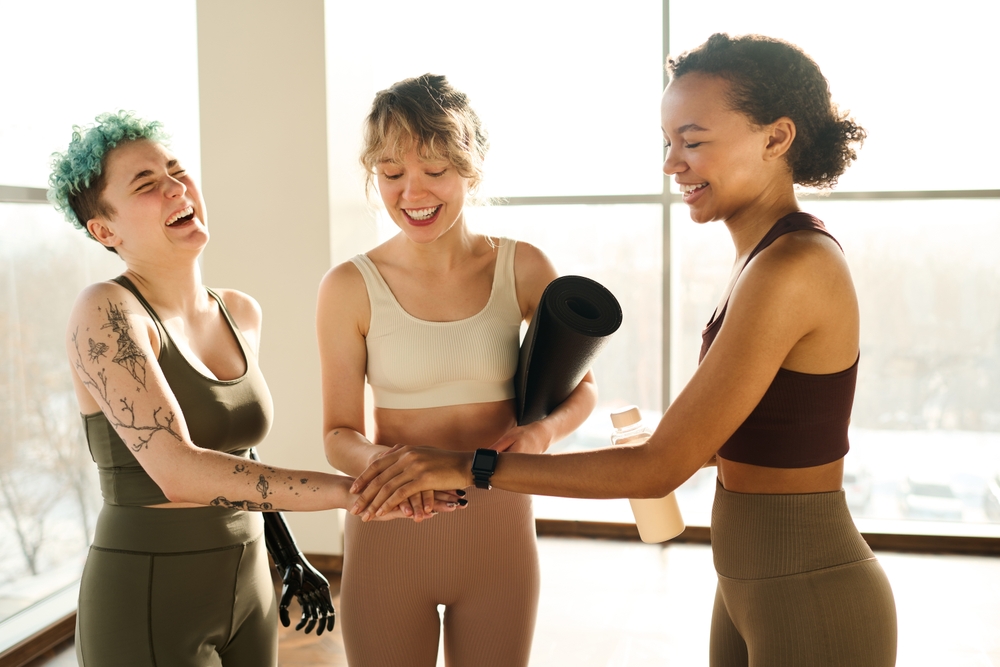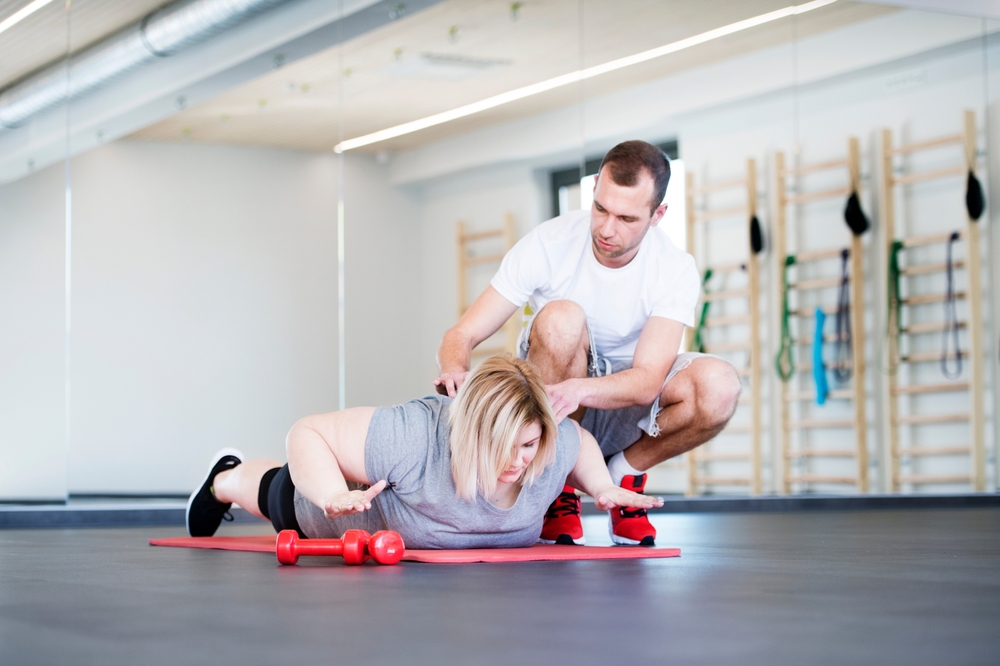Make an Appointment
What Are The Best Exercises For Amputee Rehabilitation?
This blog explores how tailored exercise programs support rehabilitation after amputation, covering physical recovery, mental wellbeing, and mobility. You'll also learn the top 10 physiotherapy-recommended exercises for amputees.
Recovering from an amputation is both a physical and emotional journey. It involves adapting to a new way of moving, managing pain, and learning how to regain independence. Exercise is one of the most powerful tools in this process, not only for building strength and flexibility, but also for supporting psychological wellbeing.
In this article, we walk through the key phases of amputee rehabilitation, examine the mental health impact of limb loss, and share practical exercises that can be adapted to any stage of recovery. Whether you're an NDIS participant, support coordinator, or allied health professional, this guide offers evidence-based insights to support long-term mobility and quality of life.
Can exercise help people with limb loss regain mobility and confidence?
Absolutely. A targeted rehabilitation plan that includes physiotherapy and movement can accelerate recovery, improve prosthetic readiness, reduce secondary injuries, and enhance emotional resilience.
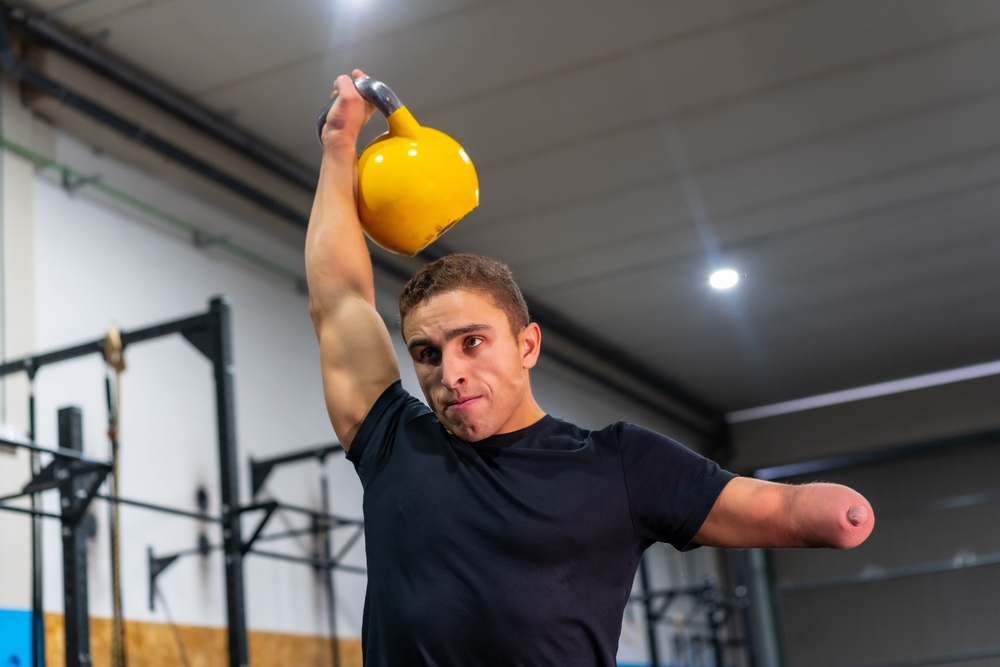
What is the rehabilitation for amputations?
Rehabilitation for amputations is a holistic and ongoing process that addresses the full spectrum of physical, psychological, and social needs. It can begin even before surgery in some cases (prehabilitation) and typically continues well after the person has returned home.
In Australia, amputee rehabilitation is typically delivered through hospital outpatient clinics, private physiotherapy practices, NDIS-funded mobile services, and specialist rehabilitation centers. Programs may be short-term and intensive or long-term and integrated into daily life.
Additional components of rehabilitation include:
- Education on limb care and skin inspection: Vital for preventing pressure ulcers or infections.
- Home modifications and assistive equipment: Including ramps, rails, and transfer aids.
- Vocational rehab: Supporting return to work or community activities.
- Peer support groups: To improve motivation and social inclusion.
- Nutritional guidance: Supporting wound healing and muscle recovery.
Therapists also help with energy conservation techniques and developing strategies to increase independence in self-care, such as bathing, dressing, or preparing meals.
Research from the Australian Institute of Health and Welfare shows that early and structured rehabilitation significantly reduces the risk of hospital readmission and improves functional outcomes in amputees.
Rehabilitation for amputations is a comprehensive, phased approach to restore physical function, support emotional healing, and promote independence. This journey is guided by a multidisciplinary team and tailored to the individual’s unique amputation level, health status, and goals.
The main stages typically include:
- Pre-prosthetic rehabilitation: Pain management, wound healing, residual limb shaping, and early mobilisation.
- Prosthetic fitting and training: Gait training, balance work, and functional movement with a prosthesis.
- Long-term conditioning: Advanced exercises, return to work or leisure, and prevention of secondary complications.
Clients often work with physiotherapists, prosthetists, occupational therapists, and mental health professionals. Early rehab focuses on restoring range of motion and strength while minimising complications such as joint contractures or deep vein thrombosis.
NDIS-funded physio services, such as those offered by Physio Inq, often include in-home visits to provide continuity and convenience during this transition.
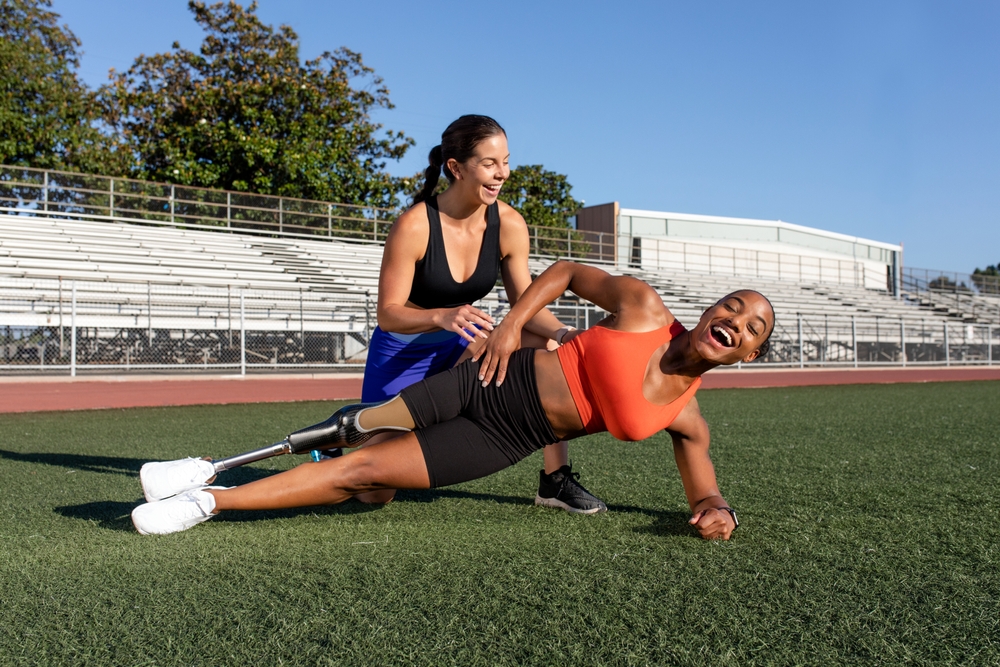
What are the psychological effects of losing a limb?
Psychological recovery is just as critical as physical rehabilitation. Amputation can trigger an identity shift, especially when it interferes with someone’s employment, hobbies, or social life. People may feel a sense of grief, helplessness, or fear about their future.
Emotional challenges may include:
- Grief over limb loss
- Anxiety and fear of dependency
- Depression and social withdrawal
- Body image concerns and reduced self-esteem
- Trauma-related stress, particularly after sudden or accident-related amputation
Some amputees experience a condition known as body integrity dysphoria, where their sense of body ownership becomes disrupted. This can interfere with rehabilitation if not acknowledged and treated.
Cognitive strategies such as Acceptance and Commitment Therapy (ACT), and tools like mirror therapy or guided imagery, may be included in the rehabilitation plan. Addressing the mental health impact early and consistently improves engagement with physiotherapy and long-term quality of life.
The psychological impacts of amputation are significant and should never be overlooked. Amputation often results in complex emotional responses tied to grief, trauma, and identity loss.
Additional emotional challenges can include:
- Difficulty accepting the appearance of the residual limb
- Loss of confidence in public spaces
- Frustration with daily limitations
- Post-traumatic stress disorder (PTSD), particularly in trauma-related amputations
- Feelings of isolation or abandonment
Support strategies include individual counselling, group therapy, peer mentoring (e.g., through organisations like Limbs 4 Life), and exercise-based therapy. Physiotherapists support this process by integrating movement as a tool for emotional expression and empowerment, helping clients feel more connected to their bodies and capable in daily life.
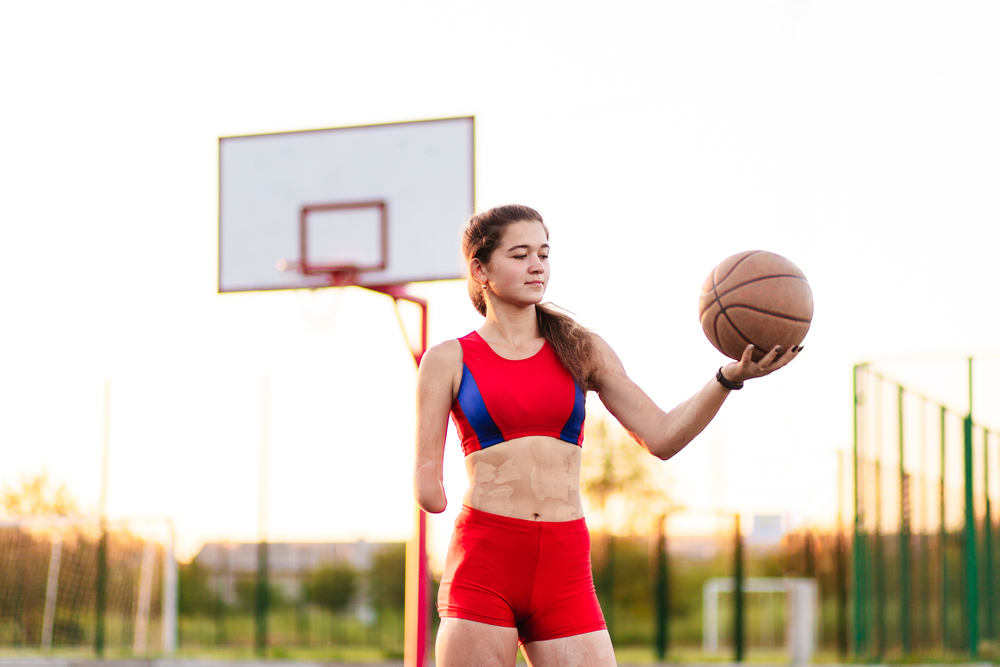
What are stump exercises?
Stump exercises are foundational to preparing the residual limb for prosthetic use and maintaining full-body strength. They’re not limited to limb movements, they also focus on pelvic, hip, and core stability, which are critical for walking and posture.
Stump exercises also help with:
- Neuromuscular re-education (teaching the brain how to engage remaining muscles)
- Reducing phantom limb pain by stimulating nerves and tissues
- Improving sensory feedback for better limb control
- Creating a strong base for dynamic activities like transfers or prosthetic walking
Examples include:
- Isometric contractions: Tensing residual limb muscles without moving the joint.
- Hip extension and abduction: For above-knee amputees to support pelvic control.
- Residual limb elevation: Helps reduce swelling and pain.
- Soft tissue massage: Assists in desensitisation and scar mobility.
- Weight-bearing prep drills: Gradually preparing the limb for prosthesis contact.
It’s essential these exercises are introduced in phases based on tissue healing, pain levels, and strength. A physiotherapist will also monitor for pressure points or skin irritation during this stage.
Stump exercises (also known as residual limb exercises) are essential to prepare the limb for a prosthesis, maintain muscular strength, and manage swelling or sensitivity. They are introduced early and continue long into recovery.
Benefits of stump exercises include:
- Preventing muscle wasting and joint stiffness
- Improving circulation and reducing oedema
- Supporting desensitisation for prosthetic readiness
- Promoting symmetry and reducing overuse injuries
More advanced stump-focused activities include:
- Bridging with prosthetic socket weight: Once cleared for gentle loading
- Standing weight shifts onto prosthetic side: Builds confidence and control
- Pelvic clocks: For lumbar spine mobility and core synchrony
- Proprioceptive drills with unstable surfaces: Enhances balance and stump awareness
These activities should always be guided by a physiotherapist to avoid skin breakdown or excess pressure on healing tissue.
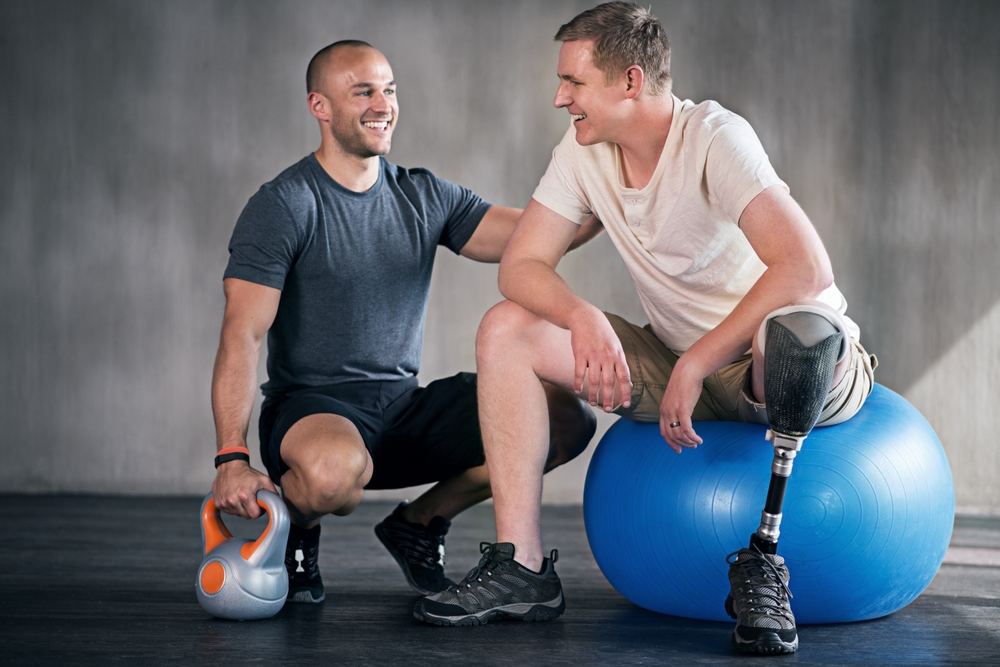
How to exercise with an amputated limb?
Living with an amputation does not mean exercise has to stop, it just requires creativity and careful planning. With guidance from a physiotherapist, amputees can enjoy fitness routines that are safe, effective, and empowering.
Common concerns and solutions include:
- “I’m afraid of falling.” → Begin in seated or supported standing exercises with progressive exposure.
- “My prosthesis feels unstable.” → Work on core, hip stabilisation, and proprioception drills.
- “I’m unsure what’s safe.” → A physiotherapist can create a structured plan based on your health status.
Amputees can explore:
- Adaptive CrossFit and wheelchair sports: Promotes cardiovascular fitness and mental resilience
- Recumbent cycling or elliptical training: Protects joints while improving endurance
- Dance therapy: Encourages expression and rhythm while enhancing coordination
- Home-based exercise programs: Supported via telehealth or mobile physiotherapy
Research supports that regular physical activity in amputees leads to better cardiovascular outcomes, lower risk of secondary musculoskeletal injuries, and greater psychological well-being.
Exercising with an amputated limb requires adaptation, but the health benefits are profound. From cardiovascular endurance to flexibility and mental health, movement plays a key role in restoring normalcy and confidence.
Tips for safe exercise:
- Begin with non-weight-bearing activities (e.g., seated or water-based)
- Progress slowly and avoid overuse of the intact limb
- Use mirrors or video to observe and correct posture
- Include core, balance, and coordination drills
Recommended activities:
- Resistance band strength work
- Chair yoga or modified Pilates
- Swimming or aquatic physio
- TheraBand or dumbbell training for upper and lower body
- Balance board work or foam pads to stimulate proprioception
Consistency and proper technique are more important than intensity. Whether you use a prosthesis or not, working with a physio will ensure your routine is goal-oriented and sustainable.
Top 10 exercises for amputees
Below are 10 foundational exercises frequently used in amputee rehab programs. These movements address common challenges like balance, asymmetry, core weakness, and loss of coordination:
- Glute bridges on stability ball: Adds difficulty for pelvic stability and posterior chain strength.
- Seated military press with dumbbells: Builds upper-body strength, especially for transfers and propulsion.
- Side-lying hip raises: Stabilises the pelvis for smoother gait.
- Single-leg stand (with or without prosthesis): Improves balance and ankle proprioception.
- Thoracic rotations (seated): Encourages spinal mobility and helps with reaching tasks.
- Scapular retraction against band: Promotes posture and upper body symmetry.
- Core marches (supine): Strengthens lower abdominals and lumbar support.
- Towel squeeze or ball press (adductors): Maintains muscle tone in residual limb.
- Modified step-ups (with hand support): Builds functional strength for curbs and stairs.
- Gentle yoga poses like Cat-Cow or Seated Twist: Enhances flexibility and nervous system regulation.
Each of these exercises can be adapted depending on amputation level, healing stage, and prosthesis use. When progressed strategically under physiotherapy guidance, they build the foundation for lifelong mobility and strength.
Below are 10 exercises frequently prescribed by physiotherapists to support strength, mobility, and body control during amputee rehab:
- Bridges: Strengthen glutes and spine while lying on your back.
- Modified planks: Build deep core endurance and trunk stability.
- Seated leg raises: Promote quad engagement without full weight bearing.
- Hip abduction with band: Maintain pelvic control and alignment.
- Wall push-ups: Support upper body strength and scapular stability.
- Balance shifts side-to-side: Essential for early gait work and falls prevention.
- Resistance band rows: Develop mid-back strength and posture.
- Spinal twists and pelvic tilts: Encourage flexibility and safe spinal movement.
- Towel squeezes (for above-knee): Engage adductors and hip stabilisers.
- Chair stretches or modified yoga: Reduce tension and improve range of motion.
Each of these movements can be scaled depending on your stage of recovery and whether you're using a prosthesis. A physiotherapist can help progress the plan over time, focusing on functional goals such as walking, lifting, or returning to sport.
See additional exercise resources via Amputees NSW
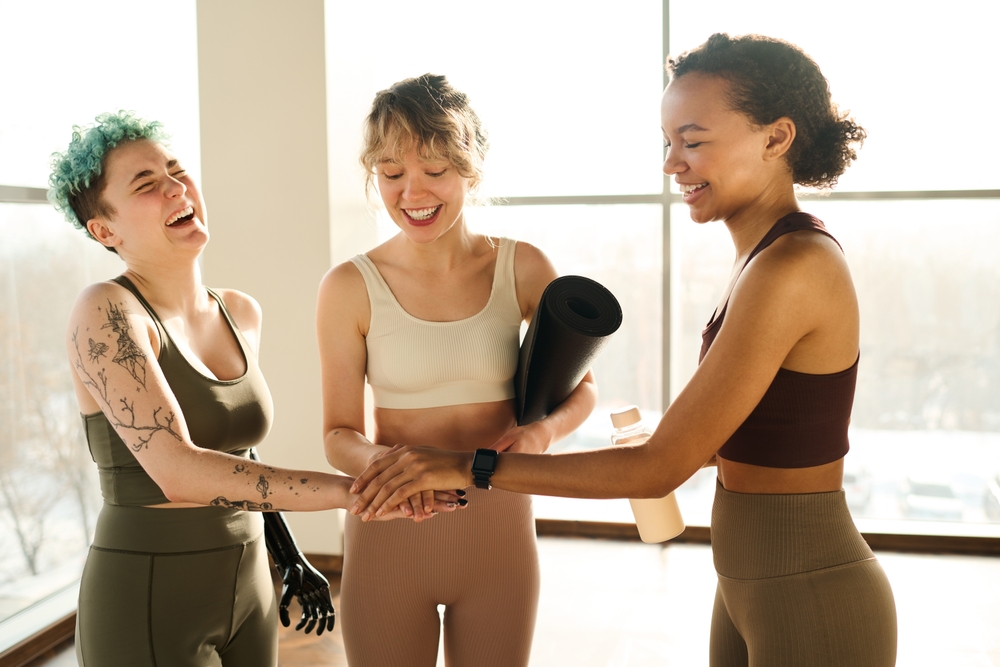
Frequently Asked Questions (FAQs)
What is phantom limb pain, and can exercise help?
Phantom limb pain is the sensation of pain in a limb that is no longer there. It is a common and often distressing experience. Gentle stump exercises, mirror therapy, and physiotherapy-led desensitisation techniques have been shown to reduce the severity and frequency of these sensations.
How long does it take to recover from an amputation?
Recovery time varies based on the level of amputation, presence of complications, and the individual’s overall health. Most people will engage in intensive rehabilitation for several months, with ongoing maintenance and mobility training extending well into the first year post-amputation.
Can amputees play sports or return to the gym?
Yes. Many amputees return to recreational or even competitive sports using prosthetics, adaptive equipment, or modified training routines. Physiotherapists can help guide return-to-sport protocols and prevent injury.
Is group exercise suitable for people with amputations?
Group classes can be highly beneficial for motivation and social support, but it’s important that they are tailored to individual abilities. Some NDIS providers and community centres offer group programs designed for people with mobility challenges.
Can exercise prevent complications after amputation?
Yes. Regular movement helps prevent blood clots, contractures, pressure sores, and overuse injuries in the intact limb. Exercise also improves cardiovascular health, reduces the risk of chronic conditions, and enhances quality of life.
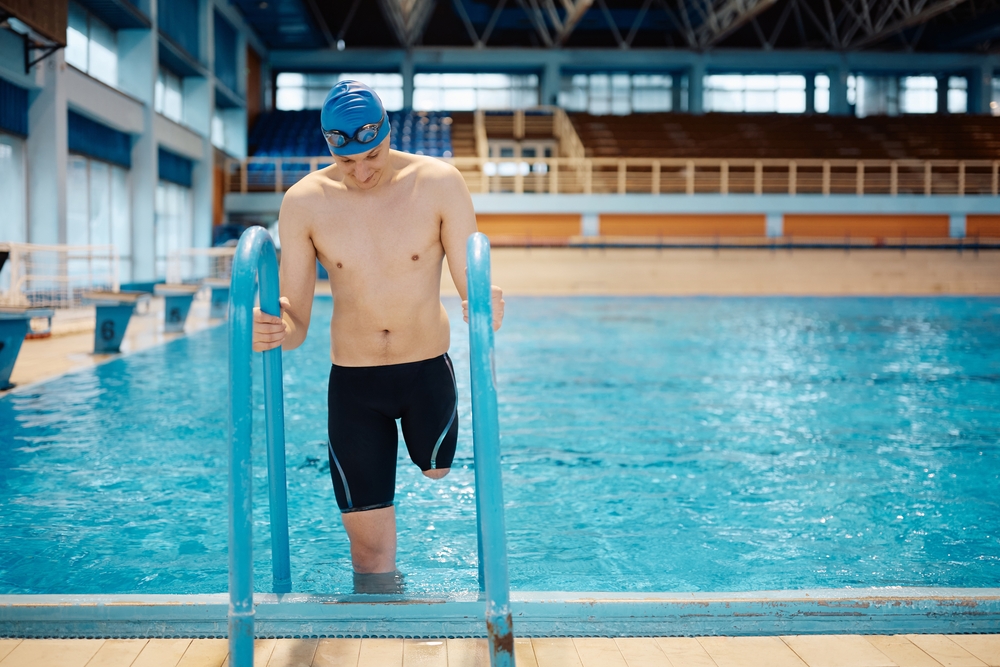
Final Thoughts
Exercise plays a central role in every stage of amputee rehabilitation, helping people restore mobility, reduce pain, and feel empowered in their bodies again.
Physical activity supports more than just strength; it improves mood, confidence, and everyday function. Whether you're early in recovery or looking to maintain independence long-term, movement is a vital part of the journey.
Next Step
Call 1300 731 733 or book online for expert physiotherapy support tailored to your recovery after limb loss.
You can also:
- Browse more blogs on rehabilitation and mobility
- Explore our Amputee Physiotherapy services
- Ask your GP about adding physio and EP to your NDIS recovery plan
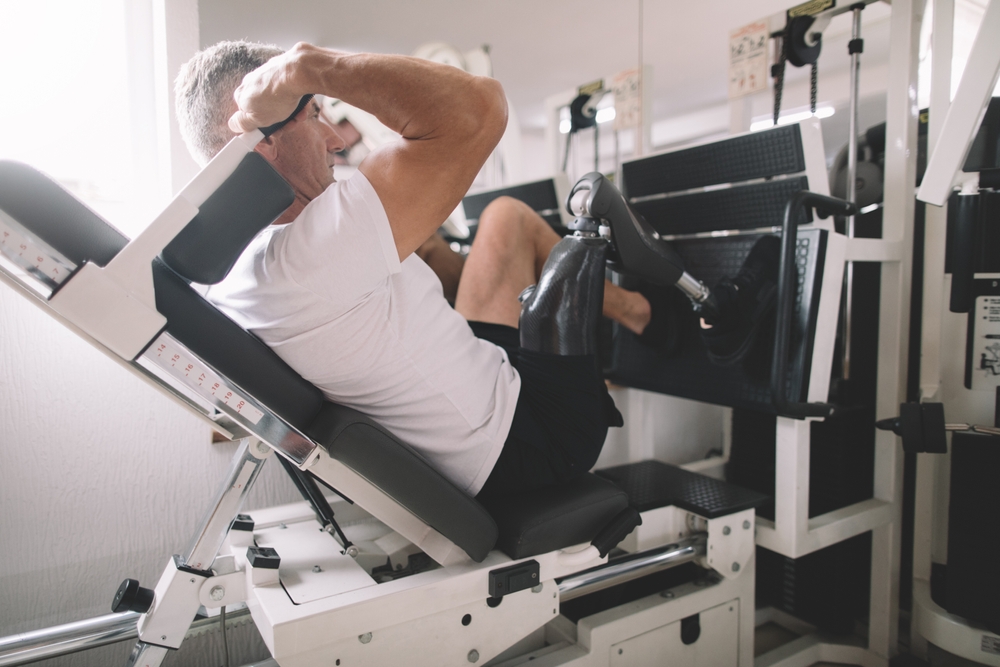
Date Published: Tuesday, June 17, 2025
Locate a Exercise Physiology
Service Near me
Get the experience & convinence you deserve to support your or a loved one's allied health needs.
Our Exercise Physiology team are currently serving & taking appointments in the following states and regions in Australia:
Need to get into direct contact with ur Client Services team? We're all ears. Call our team directly on 1300 731 733
